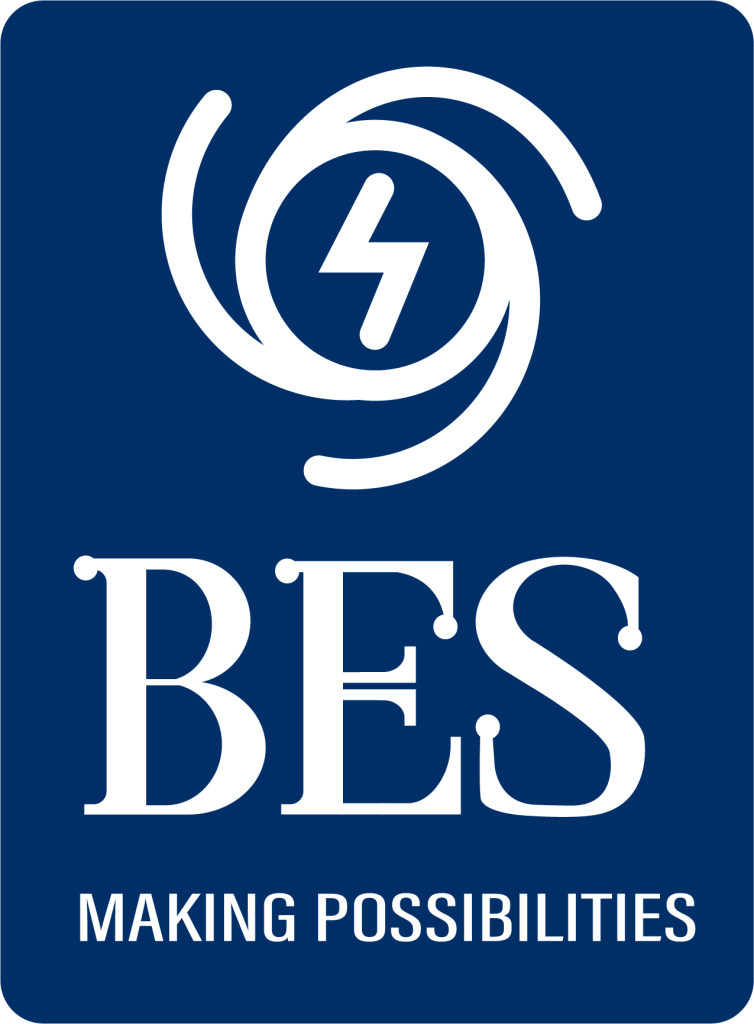
This post is a part of the Early Stage Climate Startup series from Climafix 2024
Highlights
- Vertical-axis wind turbines (VAWT) for urban environments and small-scale industrial applications, with rooftop installations.
- The patented helical blade technology delivers effective performance even in low-wind conditions and is ideal for space-constrained areas.
1. Value Proposition
- BES’s vertical-axis wind turbines feature a patented helical blade design that ensures optimal energy capture, even in low wind speeds (2.5 m/s) common in urban areas. They can integrate seamlessly with solar photovoltaic (PV) systems, creating hybrid energy solutions compensating for the natural intermittency of wind and solar, reducing energy costs, and accelerating return on investment (ROI).
2. Pain Points
- Wind and solar power suffer from intermittency. BES addresses this with its hybrid systems, which combine both energy sources to ensure continuous power.
- BES’s vertical-axis turbines can be installed in areas as small as 10 square meters offering a space-saving alternative, allowing for installations on building rooftops, & small industrial plots.
- BES’s turbines reduce ROI time by providing consistent energy generation even at low wind speeds, cutting payback periods to 6-7 years.
3. Climate Impact
- Each BES turbine has the potential to offset about 2 tons of CO₂ emissions annually.
- A 10 kW hybrid system installed in a residential complex or small industrial unit can reduce grid dependency by 60-70%
4. Target Segments
- Urban real estate developers, commercial buildings (IT hubs, high-rise apartments, and smart cities), and small industries that seek to implement rooftop renewable energy systems.
5. USPs
- BES’s patented helical blade design is engineered to optimize airflow even at wind speeds as low as 2.5 m/s, boosting power generation by 25-35%
- BES’s automatic floating eccentric control system adjusts the pitch angle of the turbine based on wind conditions. They also self-start in low wind conditions, ensuring maximum energy. Their fully scalable hybrid energy systems combine wind turbines with solar PV panels.
- BES’s turbines are simpler in design, with fewer moving parts and less exposure to mechanical wear ensuring long-term durability and low maintenance costs.
6. Team Profile
- Indhumathy Baskar (Director & CEO): Indhumathy Baskar, a Ph.D. holder in the Design and Analysis of Vertical-Axis Wind Turbines, brings over 15 years of experience in renewable energy technologies. With a background in aerodynamic design, she has been developing BES’s patented wind turbine technology.
- Raju Govindharajan (Director & CTO): With over 20 years of experience in mechanical engineering and aerodynamics, Raju Govindharajan leads the technical development of BES’s turbine systems. His expertise in turbine design, optimization, and renewable energy solutions ensures that BES’s products are both technologically advanced and commercially viable.
